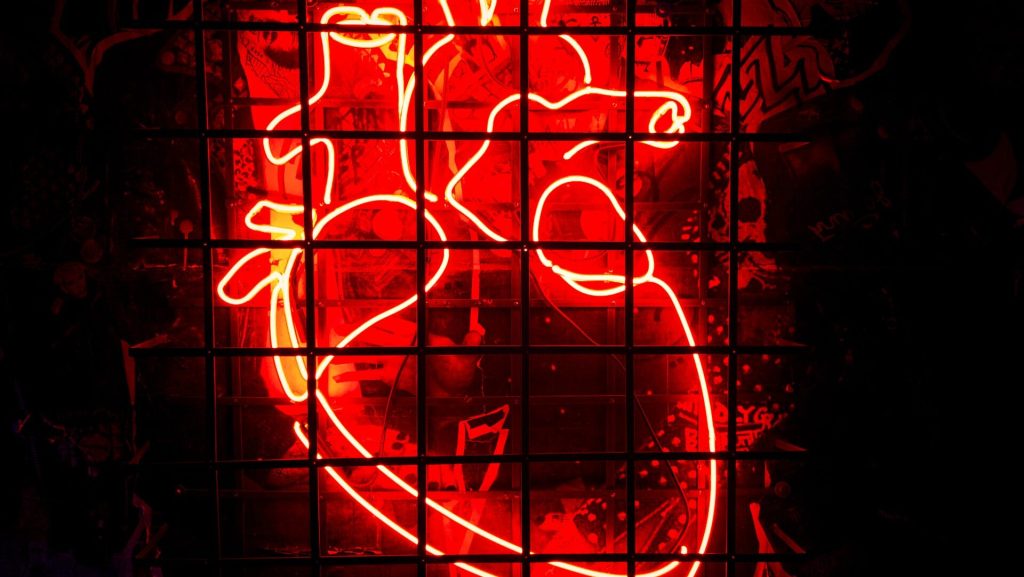Tailored Heart Failure Rehabilitation Improves Outcomes
An innovative early cardiac rehabilitation intervention customised for the individual improved physical function, frailty, quality of life, and depression in hospitalised heart failure patients.

These findings were published in the New England Journal of Medicine and also presented at the American College of Cardiology’s 70th Annual Scientific Session.
“Designing earlier and more personalised individual-specific approaches to heart failure rehab shows great promise for improving outcomes for this common but complex condition that is one of the leading causes of hospitalisation for older adults,” said National Institute on Aging (NIA) Director Richard J Hodes, MD. “These results mark encouraging progress on a path to better overall quality of life and physical function for the millions of older Americans who develop heart failure each year.”
The study team was led by Dalane W Kitzman, MD, professor of cardiovascular medicine and geriatrics/gerontology at Wake Forest School of Medicine, Winston-Salem, North Carolina, and they followed 349 clinical trial participants with heart failure enrolled in “A Trial of Rehabilitation Therapy in Older Acute Heart Failure Patients” (REHAB-HF). On average, participants had five comorbidities that reduced of function — diabetes, obesity, high blood pressure, lung disease or kidney disease.
In an earlier pilot study, Kitzman and colleagues found striking deficits in strength, mobility and balance, along with the expected loss of endurance in older patients with acute heart failure, who were mostly fail or pre-fail. The team decided to focus on improving patients’ physical function, weakened already by chronic heart failure and age, and which was worsened by the traditional cardiac hospital experience involving lots of bedrest and resulting in loss of functions often persisting after discharge.
To address this. The REHAB-HF team designed earlier and more customised exercise programs focusing on improving balance, strength, mobility and endurance. They also began REHAB-HF during a patient’s hospital stay when possible rather than the usual six weeks post-discharge. After discharge, participants shifted to outpatient sessions three times per week for three months.
Compared to a control group getting usual cardiac rehab care, REHAB-HF participants showed significant gains in measures of physical functioning and overall quality of life, including tests for lower extremity function and mobility, and a six-minute walk test. Self-perception of their health status and depression improved in surveys compared to pre-trial baselines. Over 80% of REHAB-HF participants reported they were still doing their exercises six months after study completion.
“These findings will inform choices of heart failure rehabilitation strategies that could lead to better physical and emotional outcomes,” said Evan Hadley, M.D., director of NIA’s Division of Geriatrics and Clinical Gerontology. “Tailored interventions like REHAB-HF that target heart failure’s related decline in physical abilities can result in real overall benefits for patients.”
The study did not show significant differences in related clinical events including rates of hospital readmission for any reason or for heart-failure related rehospitalizations. The research team plans to further explore that and other issues through future expansions of REHAB-HF into larger and longer-term trials with broader participant subgroups.
Source: National Institute on Aging
Journal information: Kitzman et al. Rehabilitation Intervention in Older Patients with Acute Heart Failure with Preserved versus Reduced Ejection Fraction. New England Journal of Medicine. 2021 May 16 doi: 10.1056/NEJMoa2026141.








